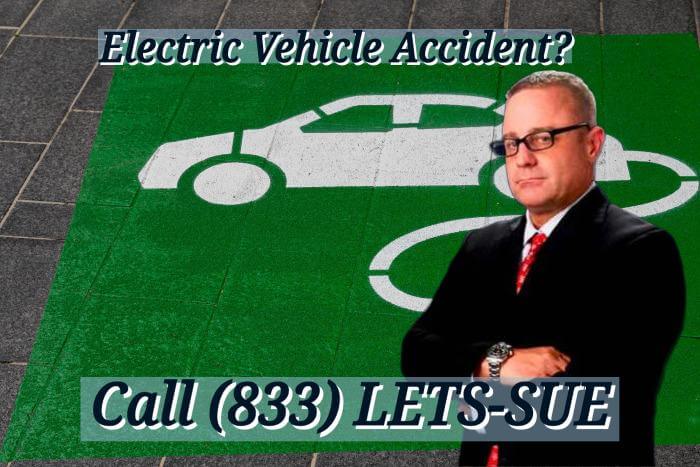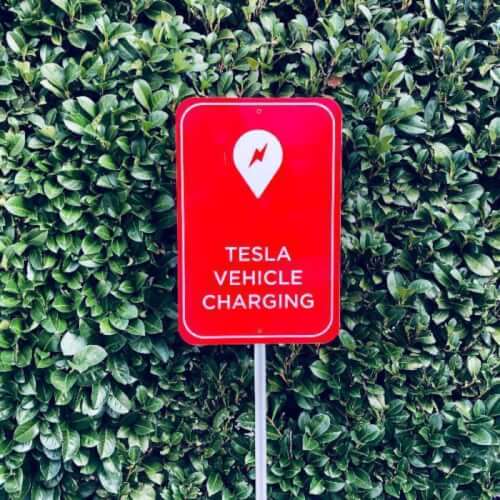What Happens to Electricity When Nothing Is Plugged into an Outlet?

What You Need to Know to Make Your Home More Energy-efficient
Ultimate Guide to Understanding Electrical Power
Electrical outlets do not generate power if they are not turned on, and empty sockets do not generate electricity either because the passage of energy requires a fully functional circuit. Therefore, shutting off unused sockets has no meaningful effect on power usage.
Have you ever wondered when electronic devices are left plugged in and turned on or in standby mode? We’ll discuss whether turning off your electrical appliances can help you save money.
Do You Need Legal Assistance or Advice? Book Your Free Consultation to Talk to an Experienced Attorney Today!
Do Electronic Devices Use Electricity When Plugged into an Electrical Outlet?
The short answer is that even when switched off, a range of various electronic appliances and devices, such as lamps, toasters, coffee machines, etc., can still use a tiny amount of electricity when plugged in.
Phantom Energy
If you’re doing research on this topic, you’ll likely see the terms “phantom load,” “phantom energy,” and “vampire energy.” They are commonly used to describe this phenomenon. Any electrical equipment or appliance that uses electricity, even when switched off but still connected to an outlet, is known as a “phantom load.”
Your Devices Get 75% of Their Power Supply While They’re Turned Off.
These devices, while convenient, use energy inefficiently. According to the U.S. Department of Energy, on average, household gadgets and appliances use 75 percent of the energy used to power them when in the off position.
The Devices that Use the Most Electricity When Plugged In
A number of devices consume electricity when connected to a power supply but turned off. Here are some of the most common culprits:
The Phone Charger
When a phone charger is plugged into an electrical outlet but isn’t hooked up to a phone, it still uses energy. Moreover, other chargers used to power devices such as laptops, power tools, etc., consume electricity when turned off but plugged in.
Home Office Equipment
The global pandemic has changed how we work, and with many employees working from the comfort of their homes, their office equipment can draw energy when not turned on. Home office equipment includes computers, printers, monitors, and desk lamps.
Kitchen Appliances
Your kitchen appliances, such as the coffee machine, toasters, and air fryers that require electricity, consume energy even when you switch them off.
Heating
By looking at your utility bills, you can tell how much heating contributes to your home electricity usage. Most people turn on the heat as soon as there is even the slightest breeze in order to adjust the temperature quickly.
Raising the temperature forces the device to work harder to heat up as rapidly as possible, which consumes a lot of energy. The solution is to reduce the thermostat’s setting for a longer period, to allow it to warm your house gradually instead of generating all of this heat at once. A burn or explosion injury may occur with one wrong move or defective product.
Digital Displays and Clocks
Your electronic clocks and displays are also drawing phantom energy. Many of your electronics include digital displays, from coffee makers to the alarm clock on your nightstand. These displays also require energy, but it’s pretty easy to overlook these power leeches. Even if turning off each of these gadgets after usage would be time-consuming and annoying, the less often used ones ought to be unplugged.
Entertainment Electronics
The TV isn’t actually off when you push the red button on the remote control. It consumes energy as it sits there waiting for somebody to turn it on and enjoy their favorite show. TVs consume electricity to keep track of the time, channel lineups, language preferences, and more. DVRs, DVD players, gaming consoles, sound systems, and satellite boxes still consume energy when not in use.
A Few Tips to Help You Save Energy
Here are a few tips to help you save energy:
Group Appliances Together on Power Strips
Power strips can be useful, particularly if you have a number of different electronics that are frequently used together on the same circuit. It makes more sense to plug your TV, video gaming consoles, and home theater system all into one power strip. In addition to maximizing the usage of your plug sockets, it is far simpler to operate one switch or one plug removal than five or more.
Disconnect Your Chargers from the Outlet Once Your Devices Are Fully Charged
To prevent chargers from drawing energy when they are not in use, it is a good idea to remove them from the outlet once your electronic devices have been charged.
Take Shorter Showers
Showers are another significant energy-waster when it comes to heating. If you don’t know someone who spends what seems like an eternity in the shower, then it’s probably you. However, taking a longer shower usually results in high heating costs.
This can be fixed by turning on the water just before you need it. Don’t turn it on and then leave for five minutes; you’re essentially wasting money. If several people need to shower in the morning, keeping the water running can be another alternative. This prevents the shower from being forced to continually heat up, which consumes a lot of energy to keep the water hot.
Check That Your Wiring Has Been Done Correctly to Prevent Any Electrical Problems from Wasting Energy
Damaged cables can cause appliances to heat up, causing the device to heat up. This results in an increased consumption of energy. Faulty wiring can also cause an electrical fire to break out in your house, so be sure to check your wiring regularly.
Use Smart Power Strips
If you’re concerned about convenience, investing in a smart power strip that allows you to control specific outlets from an app on your mobile device may be a good idea. These smart devices come with surge protection and enable you to use electricity more efficiently.
Take Note of the Energy Star Ratings
Looking for the Energy Star symbol, which can be found on many appliances, confirms that they are energy-efficient and do not use phantom energy, which is another wise move. You can find Energy Star transformers and phone chargers, two primary sources of energy wastage when not in use.
Although these minute fluctuations in energy might not seem important, the green movement is in full swing, so conserving a few hundred watts annually per person throughout an entire country would undoubtedly start to mount up.
Consider Insulation
Additionally, you can think about insulating your loft or cavity walls to assist your home in retaining heat. Installing this kind of insulation will benefit your home much because the walls and roof tend to lose a lot of heat. Insulation eliminates draughts that come from the walls, which keeps your home warm and reduces the need for additional heating.
Switch Your Home Office Equipment Off When Not in Use
If you’re taking a break longer than 20 minutes, you should turn your devices off rather than leave them in sleep mode. This is because an electronic device will use less energy when turned off completely rather than left in sleep mode. You can also unplug your electronics from the outlet to save even more power.
Turn Off Your AC Circuit Breaker When Not in Use
It would help if you switched off the circuit breaker when your air conditioner is not in use, particularly during the colder months. Doing this can lower the amount of phantom energy used, reducing overall electricity costs.
Final Thoughts
Do plug sockets use energy when turned off? No. What happens when there’s nothing plugged into an electrical outlet? Does it draw electricity? Also no.
An Empty Electrical outlet does not generate electricity because the circuit is incomplete.
However, some electronics consume phantom energy. Although it may seem insignificant initially, this energy wastage can accumulate over time, increasing your carbon footprint and utility bill.
Need Legal Assistance? Contact Ehline Law Today!
At Ehline Law, we care about our clients, which is why we work hard to give you sound advice. You may be eligible for compensation if you have been the victim of negligence. We can help you obtain restitution. To talk to a lawyer, call us at 833-538-7783 today!
We Cover the Following Practice Areas:
- Dog bite injuries
- Car accidents
- Wrongful death
- Bicycle accidents
- Cruise ship mishaps
- Bus and truck accidents.
Citations:
- Can Cars Run on Water Instead of Gasoline?
Read More »What Happens to Electricity When Nothing Is Plugged into an Outlet?





